The Economic Aid to Hard-Hit Small Businesses, Nonprofits, and Venues Act, P.L. 116-260, known as the Economic Aid Act, amends previous requirements for increasing PPP loans and provides additional narrow circumstances in which increased PPP loans are allowed. These circumstances were described in the consolidated interim final rule (IFR) released on January 6, 2021, titled “Business Loan Program Temporary Changes; Paycheck Protection Program as Amended by Economic Aid Act.” The procedural notice provides further guidance on this IFR.
The requirements to reapply or request a PPP loan increase are as follows:
- As mentioned earlier, a borrower is not eligible if the SBA has submitted a forgiveness payment to the loan lender. However, these borrowers may be eligible for a second-draw PPP loan.
- Increases to first-draw PPP loans can only be made through the lender of record for the loan. This means the lender who is listed in the SBA’s system as the current owner of the loan. This lender might not be the loan originator if the loan was sold.
- If a borrower returned or repaid a first-draw PPP loan, they may be eligible to reapply. The lender must have reported to the SBA before December 27, 2020, that the borrower repaid or canceled the loan. The borrower can apply for a new first-draw PPP loan based on eligibility requirements under current PPP rules.
- If a borrower returned or repaid part of a first-draw PPP loan, they may request an increase equal to the difference between the amount not paid back and the amount previously approved. Again, the lender can disperse these funds only if they reported to the SBA before December 27, 2020, that the loan was partially repaid.
- If a borrower did not accept the full amount of their PPP loan before December 27, 2020, they can apply for an increase in the loan up to the amount previously approved. These borrowers must work with their lenders on this request.
Additional Businesses that May Be Eligible for PPP Loan Increases:
There are a few additional groups of borrowers who are eligible to request increases for first-draw PPP loans. These are as follows:
- Partnerships – For partnerships that received a first-draw PPP loan which covered payroll costs for employees but did not include any amount for partner compensation, their lender can request to increase the loan amount no later than March 31, 2021. The amount of the increase cannot exceed the maximum loan amount that the borrower is eligible for under PPP guidelines.
- Seasonal Employers – The method for seasonal employers determining maximum PPP loan amounts has been revised. These employers are now allowed to use the average total monthly payments for payroll for any 12-week period the employer selects between February 15, 2019, and February 15, 2020. If a seasonal employer received a first-draw PPP loan, they might be eligible for a loan increase.
- Farmers and Ranchers – The Economic Aid Act changed the calculation of the maximum loan amount for certain farmers and ranchers. If an eligible farmer or rancher received a first-draw PPP loan and is now eligible for a higher maximum loan amount, they may request this through their lender.
If you meet the requirements outlined above and need assistance reapplying for a first-draw PPP loan or requesting a loan increase, the Moore Colson team is here to help. We can also assist with applications for first- or second-draw PPP loans and PPP loan forgiveness calculations. Contact us for more information.
Bert Mills, CPA, is the Managing Partner at Moore Colson. In his role, Bert sets the vision and mission of the Firm and works closely with the Firm’s leadership to drive and implement strategies.
Andy Starnes, CPA, is a Partner and Tax Services Practice Leader Moore Colson. Andy’s specialties include corporate tax compliance and planning, business consulting and multi-generational planning with a focus on the construction, professional services and staffing industries.
Chris Arnone, CPA, is a Partner and Business Assurance Practice Leader at Moore Colson. Chris has over 20 years of experience providing audit, accounting and consulting services for companies in the transportation, manufacturing, distribution, staffing, private equity and venture capital industries.

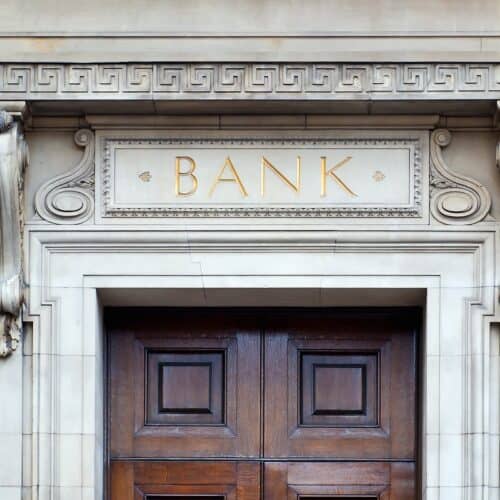


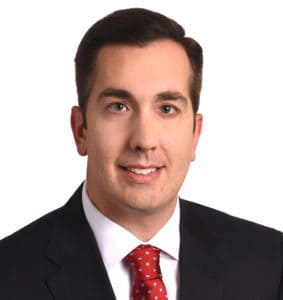
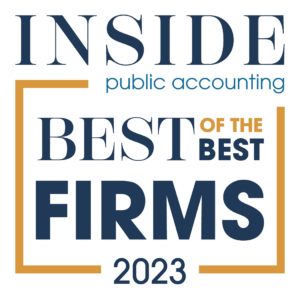
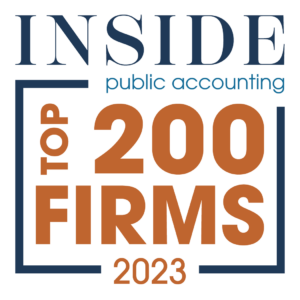
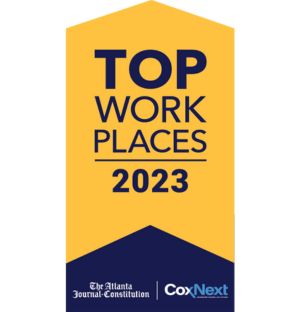
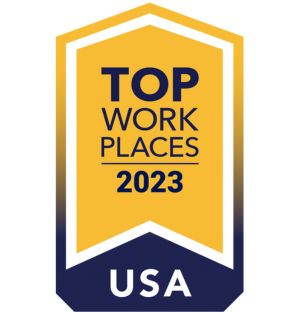
0 Comments